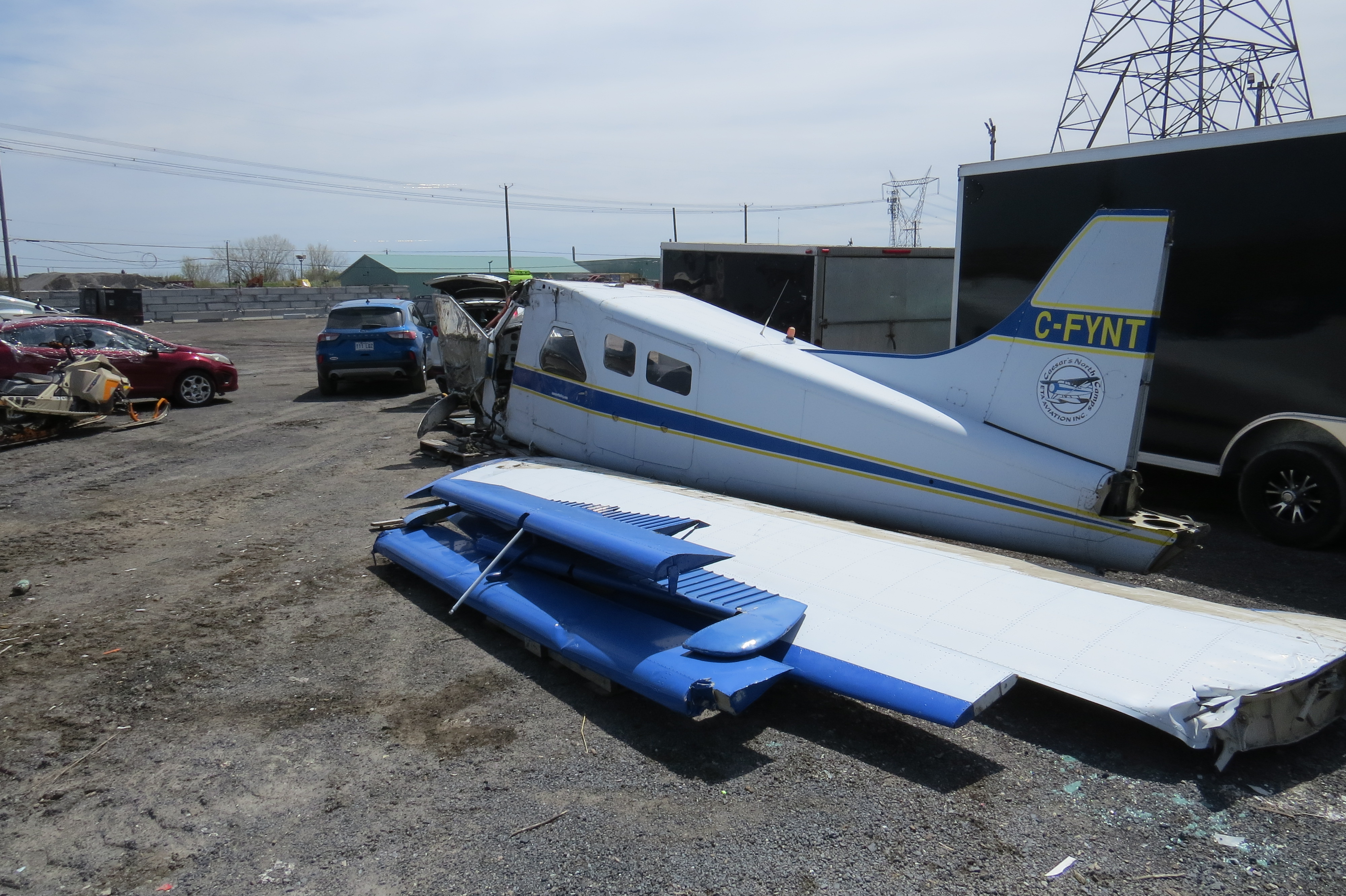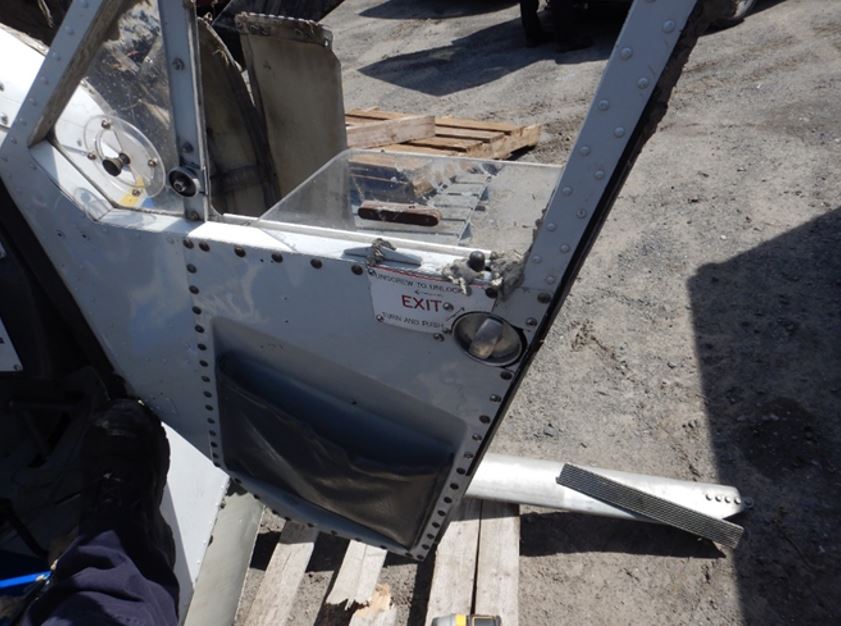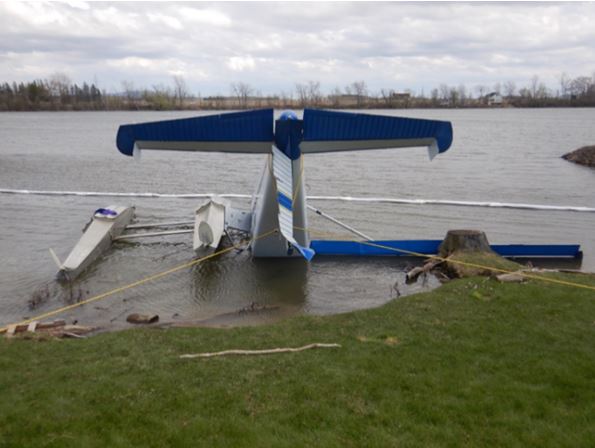Loss of control at liftoff and overturn
ETA Aviation et César Camp du Nord Inc.
De Havilland DHC-2 MK. I (Beaver), C-FYNT
Saint-Mathias Water Aerodrome (CSV9) (Quebec)
The occurrence
On 02 May 2025, a float-equipped De Havilland DHC-2 Mk. I (Beaver) aircraft, operated by ETA Aviation & César Camp du Nord Inc., was conducting a local flight from the Saint-Mathias Water Aerodrome, Quebec, on the Richelieu River, with two people on board. During the take-off run, there was a loss of control in roll. The right wing struck the surface of the water and became detached from the aircraft, which overturned underwater. One of the two occupants died, and the other sustained minor injuries. The emergency locator transmitter (ELT) did not activate.
Work completed as of 4 June 2025
To date, the investigation has found that the aircraft had been stored over the winter at B.L. Aviation Inc., an approved maintenance organization, since late October 2024 and had undergone annual and periodic 300-hour inspections. The repairs made during the maintenance work involved removing the aileron system cables.
The occurrence flight was the first flight of the year for the aircraft since the maintenance work had been done. The occupants were not wearing life jackets, there were no lifejackets on board, and the three-point seat belts of both occupants were fastened during takeoff. The pilot-in-command had the appropriate licences and ratings, including the three-year underwater egress training, which he had completed in 2023. However, the pilot-in-command was found in the cabin with his seatbelt detached. The passenger, who was seated in the right front seat, had also completed underwater egress training in 2023. He was initially unable to open the door to get out, but he managed to open the window and egress the aircraft that way.
A portable GPS (global positioning system) found on board was sent to the TSB Engineering Laboratory in Ottawa, Ontario, to retrieve the data. The ELT was also sent to the laboratory to check that it was working correctly. Post-accident examination of the aircraft revealed that the aileron controls were reversed.
Media materials
Class of investigation
This is a class 4 investigation. These investigations are limited in scope, and while the final reports may contain limited analysis, they do not contain findings or recommendations. Class 4 investigations are generally completed within 220 days. For more information, see the Policy on Occurrence Classification.
TSB investigation process
There are 3 phases to a TSB investigation
- Field phase: a team of investigators examines the occurrence site and wreckage, interviews witnesses and collects pertinent information.
- Examination and analysis phase: the TSB reviews pertinent records, tests components of the wreckage in the lab, determines the sequence of events and identifies safety deficiencies. When safety deficiencies are suspected or confirmed, the TSB advises the appropriate authority without waiting until publication of the final report.
- Report phase: a confidential draft report is approved by the Board and sent to persons and corporations who are directly concerned by the report. They then have the opportunity to dispute or correct information they believe to be incorrect. The Board considers all representations before approving the final report, which is subsequently released to the public.
For more information, see our Investigation process page.
The TSB is an independent agency that investigates air, marine, pipeline, and rail transportation occurrences. Its sole aim is the advancement of transportation safety. It is not the function of the Board to assign fault or determine civil or criminal liability.


